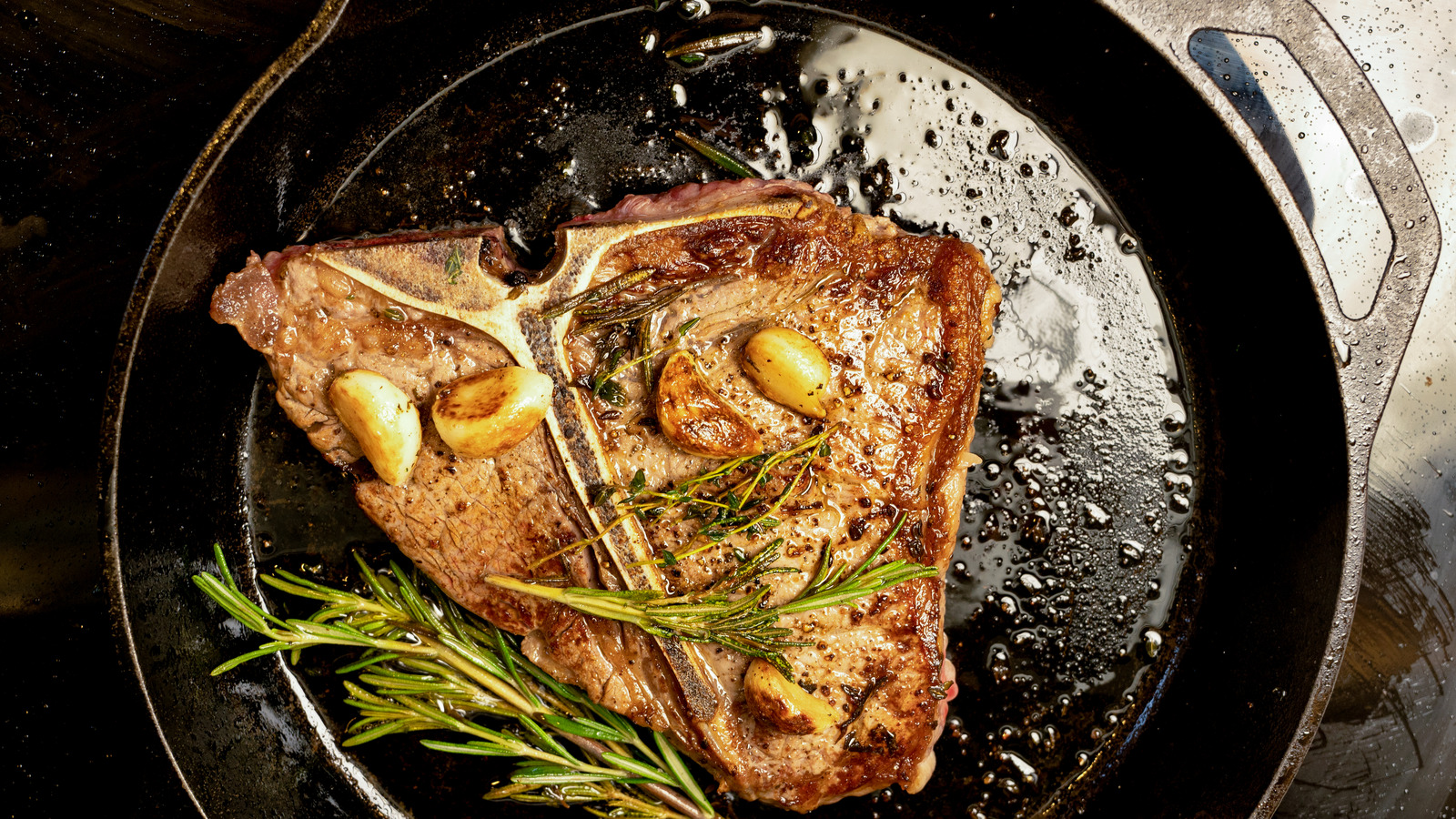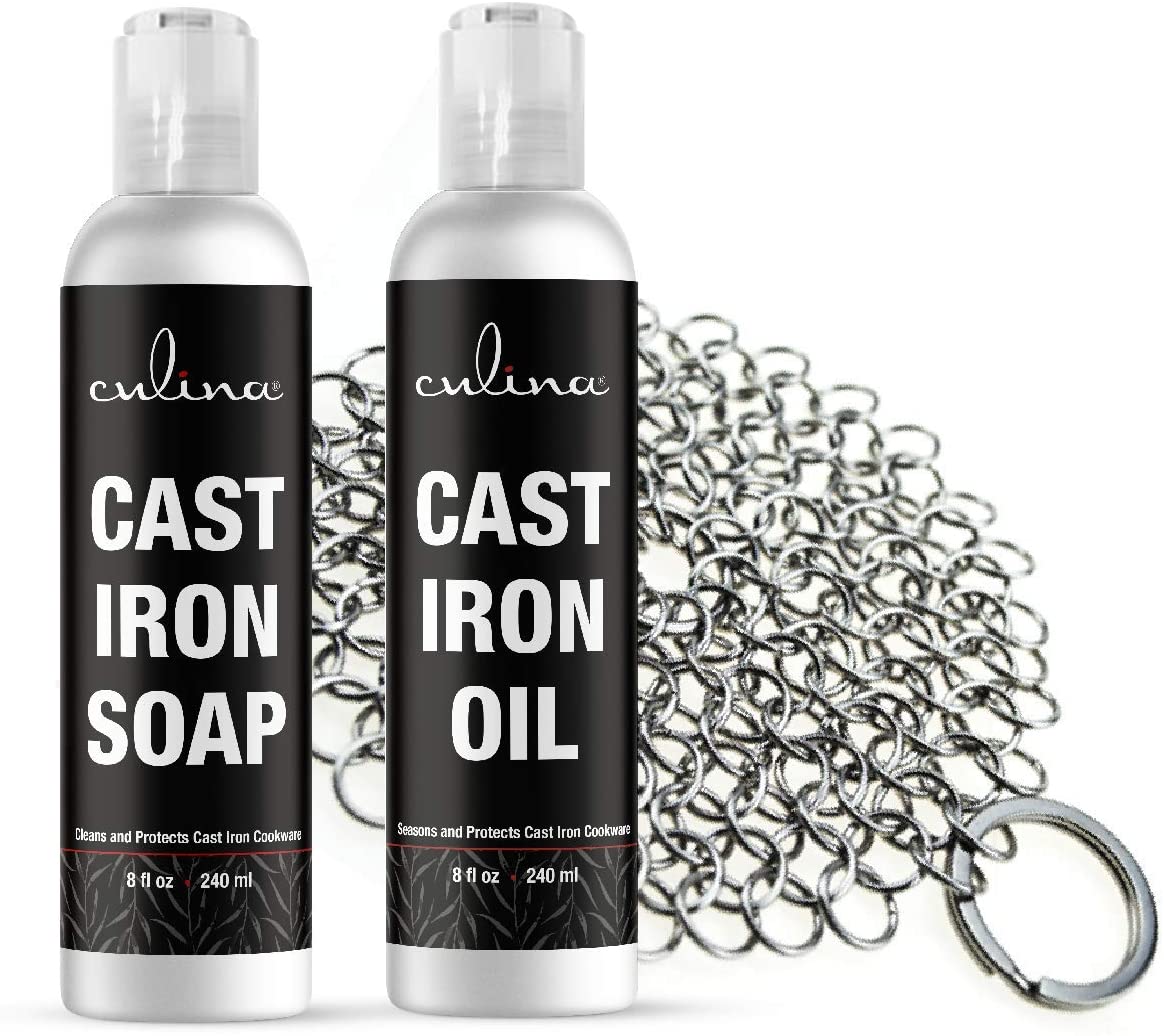Seasoning a cast iron skillet is an essential skill that every cooking enthusiast should master. Proper seasoning not only enhances the skillet’s functionality but also ensures your food tastes amazing. One of the best oils for seasoning is coconut oil. This detailed guide will walk you through the entire process of how to season a cast iron skillet with coconut oil. By the end, you’ll be fully equipped to maintain your cast iron skillet like a pro.

Understanding the Importance of Seasoning
Seasoning a cast iron skillet creates a natural, non-stick surface. It also helps to prevent rust and adds a rich flavor profile to your dishes. Without seasoning, cast iron skillets would be prone to rust, making them less effective and potentially hazardous to your health.

Why Choose Coconut Oil?
Coconut oil is a popular choice for seasoning cast iron skillets due to its high smoke point and its health benefits. It forms a durable layer that fuses to the cast iron, ensuring longevity and superior non-stick properties. Additionally, coconut oil is free from harmful chemicals found in some other seasoning options.

Materials You Will Need
- Cast iron skillet
- Coconut oil
- Paper towels
- Oven mitts
- Non-abrasive scrub brush
- Aluminum foil
Step-by-Step Guide to Seasoning
Step 1: Clean Your Skillet
Before seasoning, ensure your skillet is clean. Use warm water and a non-abrasive scrub brush to remove any food residue. If your skillet is particularly greasy, refer to our guide on cleaning a greasy cast iron skillet.
Step 2: Dry the Skillet
Thoroughly dry the skillet using paper towels. It’s crucial that the skillet is completely dry before proceeding to the next step.
Step 3: Apply the Coconut Oil
Using a paper towel, apply a thin layer of coconut oil to the entire surface of the skillet, including the handles. Ensure you cover every part to provide an even coating.
Step 4: Preheat Your Oven
Preheat your oven to 375F (190C). While the oven is heating, place a sheet of aluminum foil on the bottom rack to catch any drips.
Step 5: Bake the Skillet
Place your oiled skillet upside down on the middle oven rack. Baking it upside down prevents oil from pooling and ensures an even coating. Bake the skillet in the oven for one hour.
Step 6: Cool the Skillet
After an hour, turn off the oven and let the skillet cool inside. This gradual cooling process helps the oil to fully bond with the cast iron.
Maintaining Your Seasoned Skillet
Once seasoned, maintaining your cast iron skillet is straightforward. Avoid using soapy water or abrasive scrubbers. Instead, clean your skillet using our reliable cleaning methods. For deep cleaning, refer to how-to-clean-your-cast-iron-skillet.
Additional Tips for Best Results
- Always dry your skillet thoroughly after use.
- Avoid cooking highly acidic foods, as they can break down the seasoning.
- Regularly re-season your skillet to maintain its non-stick surface.
Benefits of Using a Well-Seasoned Cast Iron Skillet
A well-seasoned cast iron skillet offers numerous benefits. Here are some of them:
- Superior non-stick properties
- Enhanced flavor of your dishes
- Even heat distribution
- Extended lifespan of your skillet
Common Mistakes to Avoid
Using Too Much Oil
Applying too much oil can result in a sticky, uneven coating. Always use a thin layer of coconut oil.
Skipping the Heating Process
Failing to heat the skillet properly can prevent the oil from bonding effectively with the cast iron.
FAQs
Can I use other oils to season my cast iron skillet?
Yes, while coconut oil is an excellent choice, you can also use flaxseed oil, grapeseed oil, or vegetable oil. Each oil has its unique properties.
How often should I re-season my cast iron skillet?
Regular use will naturally maintain the seasoning, but re-seasoning every few months ensures optimal performance.
Is coconut oil safe for high-heat cooking?
Yes, coconut oil has a high smoke point, making it suitable for high-heat cooking.
As an Amazon Associate, I earn from qualifying purchases.

